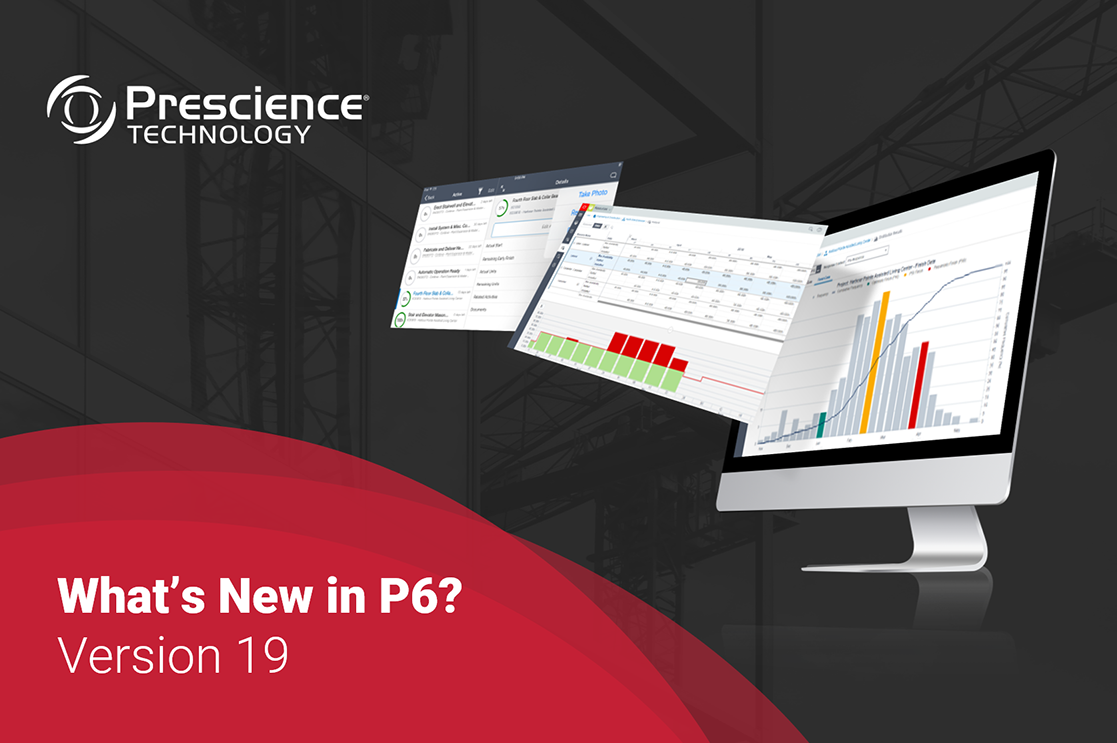Embarking on Your Journey to the Future of ERP
Acquiring new enterprise resource planning (ERP) tools and technology is not a decision that’s made overnight. Chances are, things have been working up to this for months, or even years. So now that you’ve finally arrived at the decision to acquire a solution, it’s worth taking the time to consider your options fully.
Assembling Your Team
The first step in any successful ERP modernisation is assembling the right team. Whichever solution and partner you end up choosing, the technology you acquire will have to tick a lot of different boxes for a lot of different people. The best way of making sure that everyone’s needs are met is to get all of the right people involved in the decision-making process from the start.
For starters, your team is going to need:
- A senior executive sponsor
- A defined-selection project leader
- Stakeholders from every department touched by the processes you want to transform
- Senior stakeholders with an understanding of the processes covered by the ERP application
- A steering group of employees with responsibilities that span the breadth of ERP
By finding people who fit into those groups and assembling them into a formalised acquisition team, you can see the full scope of exactly what your ideal solution needs to do to meet all of their needs.
Together, they’ll enable you to see:
- Which areas and processes relating to ERP (such as finance, ordering, projects and manufacturing back-office processes) are in the most immediate need of modernising
- Where inefficiencies exist that need to be eliminated by the chosen solution
- Areas where current solutions are not meeting expectations
- What is required from the ERP system to support the strategic direction of the business and deliver value
Those ultimately will be your reasons for acquiring the solution suite that you eventually settle on, and having solid, proven issues that need solving will prove invaluable when it comes to building a winning business case.
Locking Down Your Technical Needs
The input provided by all of the groups represented in your team will enable you to build up a comprehensive list of requirements across the business—every person and group’s needs. But this is a technology purchase, and it’s not just people’s requirements that it needs to meet—there is also a handful of tech boxes to tick.
Ask yourself and your team these important questions upfront:
- How many users will the solution need to support?
- Is that number likely to grow significantly in the future? And if so, can the solution scale alongside it?
- What other essential business apps does the solution need to integrate with and be able to talk to?
- Will the apps be able to run on all of the devices you need them to, and enable your people to access them from anywhere, at any time?
- Will disparate users from across your organisation be able to connect to and use the solution effectively?
- Do you want to take advantage of new business intelligence (BI) and analytical capabilities? And if you do, what systems will the platform need to integrate with to easily access data for analysis?
When you pair your answers to those questions with the direct input of your team members, you’ll soon build up a picture of exactly what you’re looking for. The next step is getting the buy-in you need to go after it.





